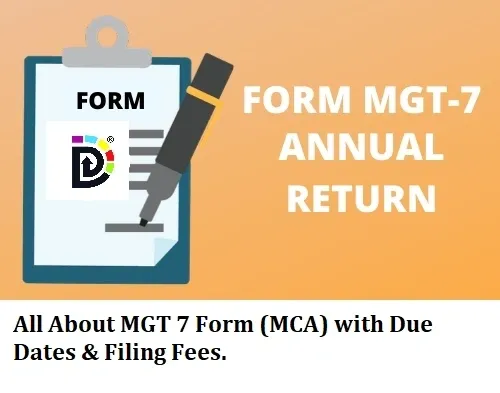How to Claim HRA in ITR: A Comprehensive Guide

When filing Income Tax Returns (ITR) in India, House Rent Allowance (HRA) can be a significant benefit for salaried individuals. HRA is a component of a salary that employers provide for the rented accommodation of the employee. The Income Tax Act allows for deductions on HRA for individuals paying rent for their living. Claiming HRA can reduce your taxable income substantially if done correctly. Here’s how you can claim HRA in your ITR with detailed, step-by-step information.
Understanding HRA
Contents
Before you claim HRA, it’s essential to understand the conditions under which HRA is applicable. HRA is granted to employees who have a rented dwelling and is not applicable if you own the place of residence. The deduction amount is calculated based on four parameters:
- The actual HRA received from your employer.
- Rent paid minus 10% of salary.
- 50% of the basic salary if living in a metro city (Delhi, Mumbai, Kolkata, or Chennai) or 40% for non-metro cities.
- The actual salary.
The least of the above is considered for HRA exemption.
Documents Required for HRA Claim
- Rent receipts for the months during which the claim is made.
- Rental agreement, if applicable.
- PAN details of the landlord if annual rent exceeds ₹1,00,000.
Steps For How to Claim HRA in ITR
Step 1: Compute Your HRA
Firstly, calculate the HRA using the parameters mentioned above. Ensure that the rent receipts and agreements are handy, as you’ll need these for the calculation.
Step 2: Fill Form 16
Ensure your employer has included your HRA in Form 16. Form 16 is a certificate under section 203 of the IT Act for tax deducted at source from income chargeable under the head “salaries.”
Step 3: Choose the Correct ITR Form
ITR-1 or ITR-2 forms are typically used for salaried individuals, depending on the income sources. Choose the form applicable to you.
Step 4: Enter the Details
In the ITR form, enter the relevant details under the ‘Income from Salary/Pension’ head. Here you’ll input the amount of HRA received, which is part of your salary.
Step 5: Deductions and Exemptions
Claim your HRA exemption under the ‘Deductions and Taxable Total Income’ section. Input the least amount from the calculation as per Section 10(13A) – Rule 2A.
Step 6: Filing and Verification
Once you have entered all the necessary details, including your HRA claim, submit your ITR form. The submission can be done electronically through the e-filing website of the Income Tax Department.
Step 7: Keep Documents for Future Reference
Post-filing, keep your rent receipts, Form 16, and landlord details stored safely. You won’t need to submit these documents with your ITR but will need them if the IT Department requires them for verification later on.
Points to Remember
- Ensure the HRA exemption is claimed only if you are paying rent. False claims can lead to penalties under the IT Act.
- If you missed claiming HRA from your employer, you could still claim it while filing your ITR.
- You cannot claim HRA if you own the house or if you are staying with your parents and paying rent to them. However, there is a provision to pay rent to parents and claim HRA, but the transaction must be legitimate and well-documented.
Conclusion
Claiming HRA can be a straightforward process if you understand the basics and have all your documents in order. Always ensure that the information provided is accurate and truthful. By utilizing HRA exemptions effectively, you can significantly reduce your tax liability and manage your finances more effectively. If you’re unsure about any steps in the process, it’s wise to consult with a tax expert or chartered accountant to guide you through the specifics of your case.






